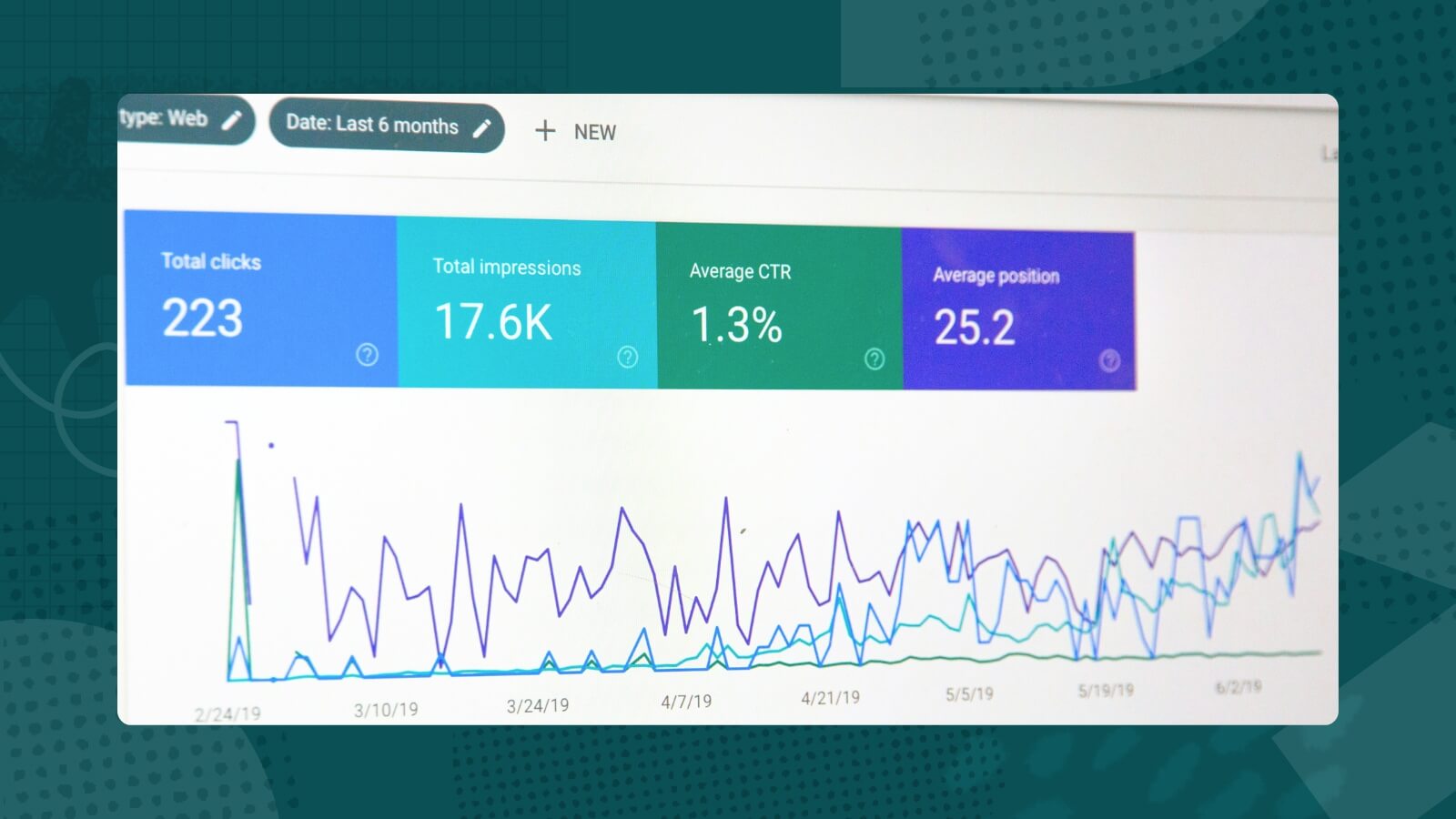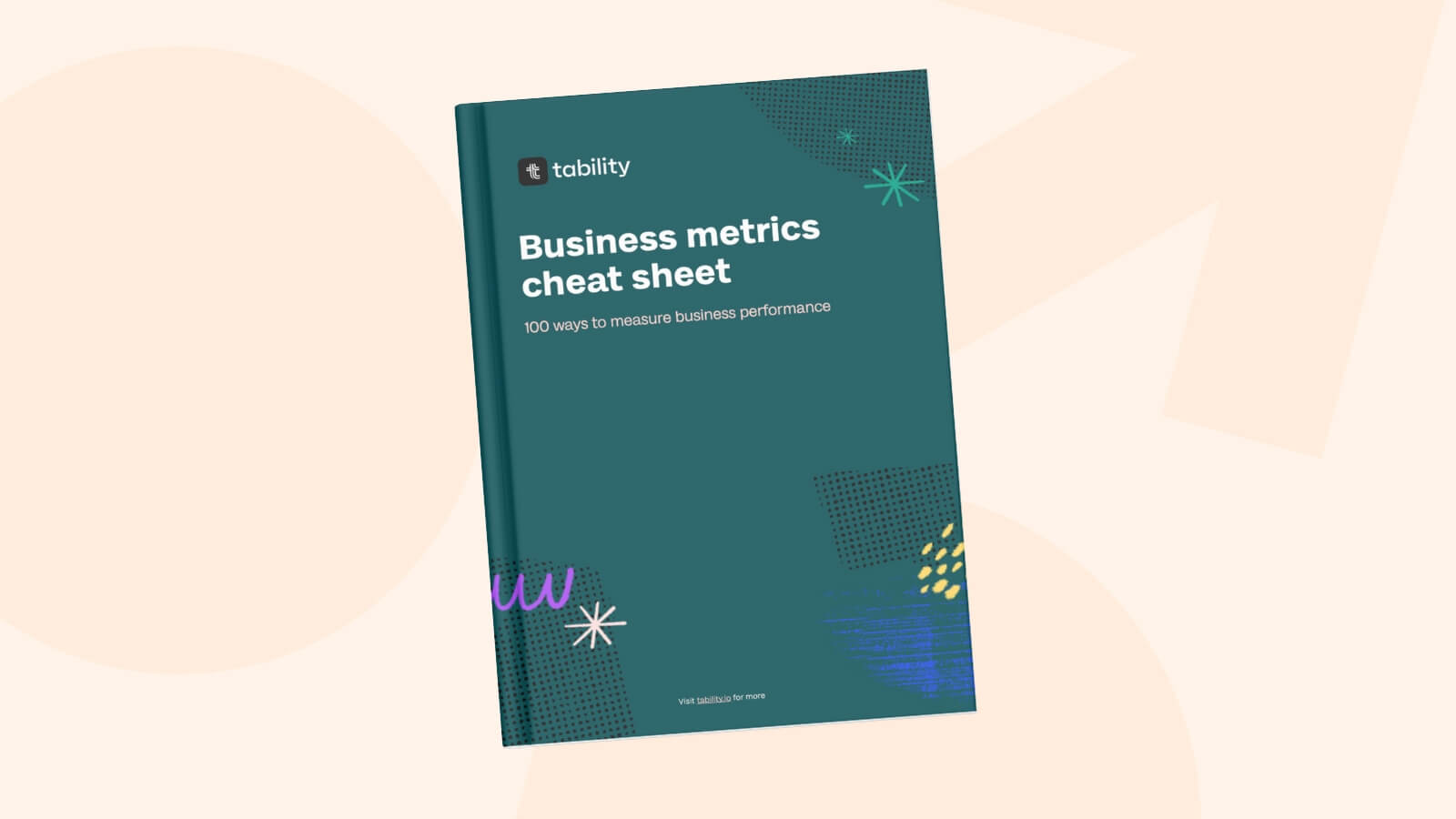A common challenge for teams adopting OKRs is figuring out the proper way to track their metrics.
Example:
- You had 1,800 total leads in Q1, with 180 leads/week on the last week of the quarter.
- You want to increase leads by 30% in Q2.
What's the best way to capture your Key Result?
You can focus on the total at the end of Q2, or the weekly growth at the end of Q2. Both approaches are valid, but they will have a slightly different impact on your discussions.
Let's take a look.
A brief thing about tracking quarterly OKRs
In this post, we'll assume that you have weekly updates on your OKRs. That's the best way to have effective OKRs, and I'd strongly advise you to switch to weekly check-ins if you're still doing monthly updates. It might sound a bit much, but thankfully some tools can make that a breeze.
Option 1: cumulative growth for the quarter (volume)

The first option focuses on the total number of leads at the end of the quarter. You start at 0, and plan to get to 1,800 + 30% = 2,340 leads by the end of Q2.
This is the preferred way of tracking sales or marketing targets, making it easy to see what volume we're committing to at the end of the quarter. The progress chart will also give us a clear understanding of how far we are from the desired total.
The challenge with this approach is that it's not easy to compare weeks as the number keeps going up (or stays flat) week after week. The progress chart will never go down, meaning that you'll have to squint to see if you're accelerating fast enough to reach your goal in time.
Cumulative growth is a great model to have a high-level view of a goal, but it can obfuscate growth challenges and makes it hard to discuss weekly tactics early in the quarter (although it'll be pretty clear after 7-8 weeks if you're trending in the right direction).
Option 2: relative growth for the week (velocity)

The second option focuses on the number of leads captured each week. You start at 180 leads/week, and plan to get to 180 + 30% = 234 leads/week by the end of Q2.
Now with that approach, you'll be able to clearly see if you're getting better or worse at growing leads. The chart moving up or down will mirror your performance. This model is great for iterating rapidly on tactics and observing the impact on performance: try something, and then come back next week to see if you're doing better as a result.
But there's a different problem here. You're missing the volume information and won't know the exact number of leads captured at the end of Q2.
Relative growth is excellent for rapid iterations and measuring velocity. But it's a poor way of tracking volume.
Option 3: do both
Of course, nothing prevents you from tracking both models at the same time:
- Use cumulative growth to keep an eye on volume. It will be useful towards the end of the quarter.
- Use relative growth to improve velocity. It will be really helpful at the beginning of the quarter.
Just be careful not to have too many goals at once!

.png)

.jpg)

.jpg)










